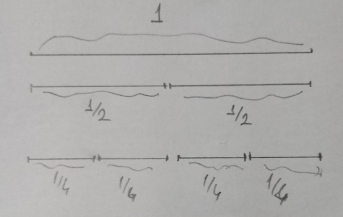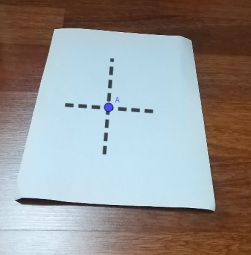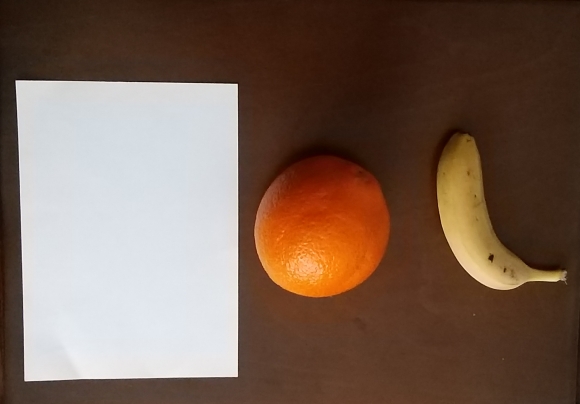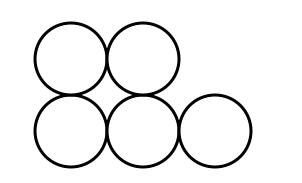“More to this than meets the eye…”
I will be using a real life example in order to explain Mandelbrot’s answer to the coastline paradox.
Maps of Norway and USA are as shown below:
It is clear to the naked eye that total coastline of USA is enormous comparing to Norway’s coastline. Nevertheless there is more to this than meets the eyes. Norway’s coastline is a lot longer than USA’s:
USA: 19.924 km
Norway: 25.148 km
There are more than 5000 km between the coastlines which is a really surprising result. But when you zoom into the maps it is easy to see that Norway’s coastline is way more irregular than USA’s. In other words Norway’s coastline has more roughness. Mandelbrot expresses this in his fractal geometry as follows: Norway coastline has a bigger fractal dimension than USA coastline.
But this doesn’t necessarily mean that a bigger fractal dimension has more length. Length and fractal dimension are incomparable.
Measuring Device
In the coastline paradox we learned that one decreases the length of his/her measuring device, then length of the coastline will increase. This information brings an important question with itself: How did they decide the length of the measuring device for Norway-USA comparison?
This is where fractal dimension works perfectly: Finding the appropriate length for the measuring device.
Q: This is all very well how can a coastline length be measured exactly?
Unfortunately it can’t be done. Today, none of the coastline or border lengths are 100% accurate. Although we are certain about one thing: We can make comparisons between coastlines and borders with the help of fractal dimension. In short, today we are able to compare two coastlines or borders even though we are not sure about their exact length.
Box Counting
Finding fractal dimension is easier than you’d think. All you need to do is to count boxes and know how to use a calculator.
Let’s say I want to calculate the fractal dimension of the following shape:

Assume that this shape is inside a unit square. First I divide the square into little squares with side length ¼ units. Then I count the number of boxes which the shape passes through:
This shape passes through exactly 14 squares.
Up next, I divided the unit square into even smaller squares which have side length 1/8 units. And again I count the number of boxes which the shape passes through:
This time the shape passes through 32 squares.
Then I use a calculator. In order to find the fractal dimension of the shape, I must find the logarithms of the number of boxes (32/14) and length of the squares ({1/8}/{1/4}). Then I must divide them multiply the answer with -1.

This random shape I drew on my notebook has around 1,19 fractal dimension.
One wonders…
Calculate the fractal dimension of the following shape:

M. Serkan Kalaycıoğlu
























































































































































